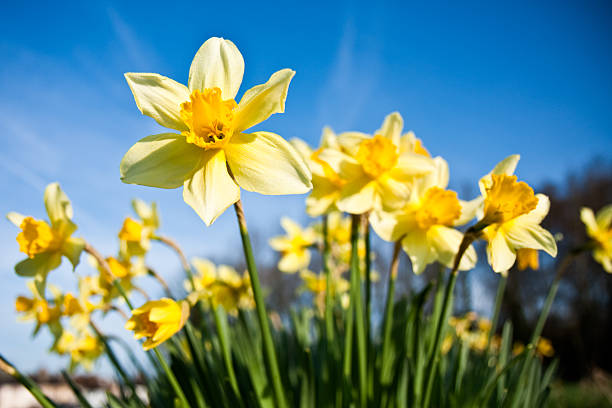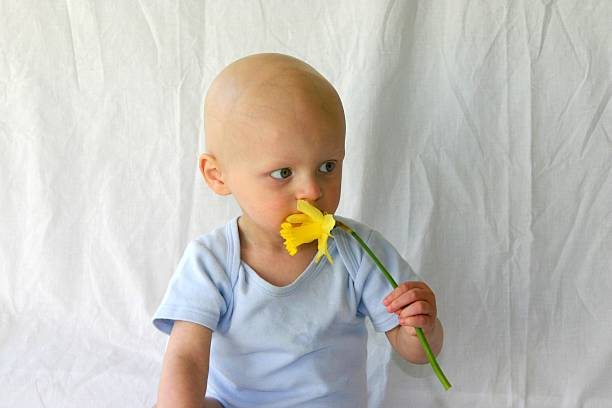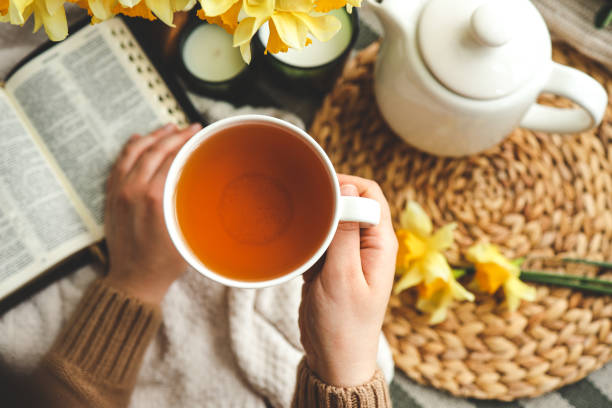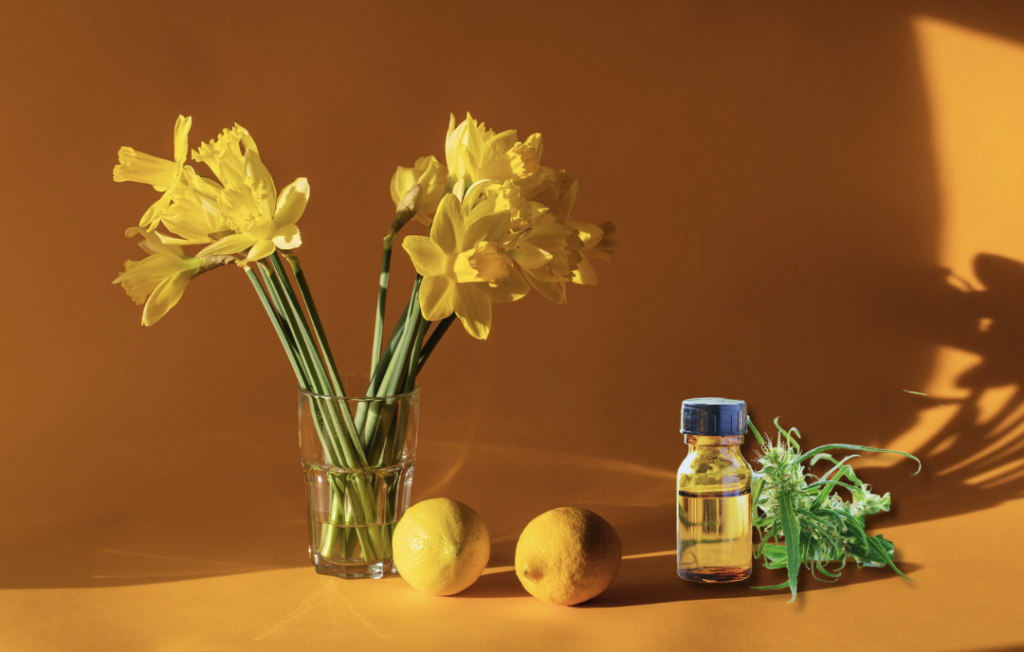Alternative Treatments, Supplements and Herbs
Alternative Treatments Using Daffodils
Daffodils, with their bright yellow flowers and gentle fragrance, have long been revered as a springtime symbol. But did you realize that these lovely blooms also have potent therapeutic properties? In this article, we will delve into the interesting realm of alternative treatments using daffodils and discover a natural alternative to orthodox treatments.
Alternative medicine practitioners have discovered a variety of potential uses for daffodils by harnessing their therapeutic advantages. These therapies, from treating respiratory problems to relieving joint pain, provide a natural and comprehensive approach to health and well-being. Daffodils may hold the answer to relieving typical cold symptoms or providing an all-natural treatment for worry.

The History and Cultural Significance of Daffodils in Alternative Medicine
In ancient times, people believed that these flowers possessed magical properties and incorporated them into numerous healing rituals. Their significance in alternative medicine has endured over the years, and they continue to be valued for their therapeutic capabilities today.
Various civilizations have integrated daffodils into their healing traditions. Traditional Chinese medicine attributes a cooling effect to daffodils, using them to treat illnesses like fever and inflammation. In Ayurveda, an ancient Indian school of medicine, daffodils are utilized to balance the body’s doshas and enhance overall well-being.

Different Types of Alternative Treatments Using Daffodils
In alternative medicine, daffodils provide a wide range of therapy alternatives. The use of daffodil extracts in essential oils and aromatherapy is one such way. The daffodil smell is recognized to have a relaxing impact on the psyche, making it a perfect choice for stress and anxiety management.
Herbal medicines are another type of daffodil-based treatment. Daffodil bulbs and blossoms can be used to make tinctures, teas, and poultices that can be used to treat a variety of diseases. Daffodils, for example, have been discovered to have expectorant characteristics, making them useful in treating respiratory problems such as coughing and congestion.
Benefits and Potential Drawbacks of Using Daffodils in Alternative Medicine
There are various advantages to using daffodils in alternative medicine. For starters, these treatments offer a natural and holistic approach to healing, which may appeal to those who want to lessen their dependency on synthetic pharmaceuticals. Treatments based on daffodils also offer fewer adverse effects than standard treatments.
It is crucial to know, however, that daffodils contain poisonous chemicals, especially in their bulbs. As a result, when using daffodil-based remedies, please exercise caution and check with a certified healthcare expert before implementing them into your daily routine. Due to the potential hazards to fetal development, pregnant women should avoid using daffodil-based products.

Scientific Research and Evidence Supporting the Effectiveness of Daffodils in Alternative Treatments
While daffodils have long been used in traditional medicine, new research is providing light on their efficacy. Several investigations on the medicinal effects of daffodils have yielded encouraging results. Daffodil extracts, for example, have been found in studies to have antibacterial properties, making them beneficial in the treatment of bacterial and fungal diseases.
Daffodil chemicals have also been shown to have anti-inflammatory and antioxidant properties, which can aid in the reduction of inflammation and oxidative stress in the body. Daffodils have these qualities, which make them a viable therapy option for illnesses like arthritis and cardiovascular disease.

Precautions and Safety Considerations When Using Daffodils for Alternative Treatments
While daffodils have a number of possible health benefits, they must be used with caution when used for alternative treatments. Daffodils, as previously stated, contain poisonous chemicals, notably in their bulbs. As a result, it is critical to handle daffodils with caution and avoid consumption or contact with sensitive body parts.
It’s also worth noting that daffodils can cause interactions with certain drugs or medical conditions. Before employing daffodil-based remedies, contact a healthcare practitioner if you have any underlying health concerns or are using prescription medications.

DIY Daffodil Remedies and Recipes for Common Ailments
Incorporating daffodils into your wellness routine can be as simple as creating your remedies at home. Here are a few DIY daffodil remedies for common ailments:
- Daffodil Tea: For 10-15 minutes, steep a few dried daffodil blooms in boiling water. This tea can be used to treat a sore throat or respiratory congestion.
- Daffodil Infused Oil: Fill a jar halfway with fresh daffodil petals and cover with a carrier oil like olive or coconut oil. Allow the mixture to remain for a few weeks before straining the petals. Topically, this infused oil can be used to treat muscle discomfort and joint inflammation.
- Daffodil Bath Soak: For a peaceful and revitalizing experience, add a handful of dried daffodil blossoms to your bathwater. The fragrance characteristics of the flowers will assist in relieving stress and soothe the mind.
Daffodil-Based Products Available in the Market for Alternative Treatments
If you prefer ready-to-use goods, there are a variety of daffodil-based choices on the market. Essential oils and herbal supplements, as well as skincare and beauty items, are among the products available. It is critical to find recognized firms that focus on quality and safety when purchasing daffodil-based products.
Case Studies and Personal Testimonials of Individuals Who Have Benefited from Daffodil Treatments
Let’s look at some case studies and personal testimonies to learn more about the efficacy of daffodil therapies. These firsthand accounts provide insight into the potential benefits of daffodil-based remedies for a variety of health ailments. While individual results may vary, these anecdotes offer useful insights into the impact daffodils can have on one’s well-being.
Conclusion
In conclusion, our exploration of daffodil-based remedies reveals their potential to enhance health and vitality. From historical significance to scientifically supported medicinal properties, daffodils offer a range of benefits. However, caution and consultation with healthcare professionals are crucial for safe and effective use. When approached carefully, daffodils can be a valuable addition to alternative medicine, providing natural remedies for common ailments and promoting a healthier, happier life. Consider embracing the healing power of daffodils for better well-being today.


